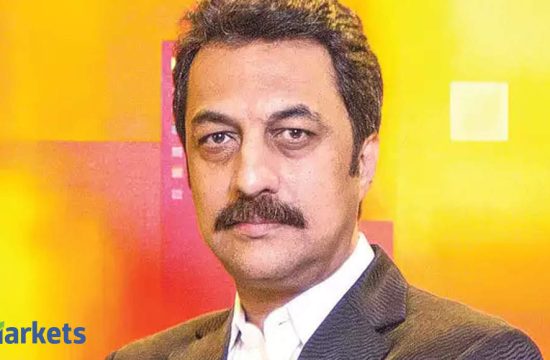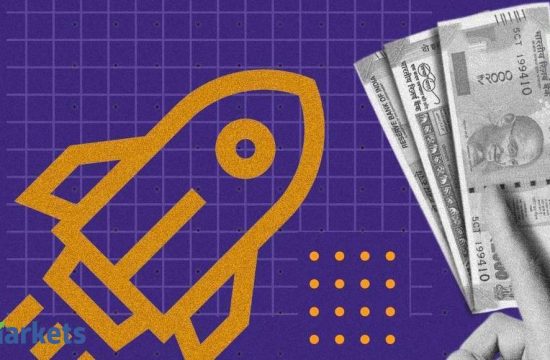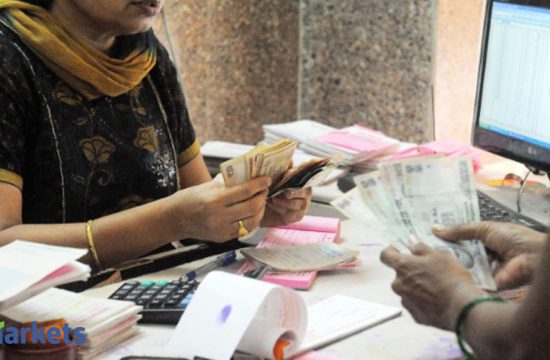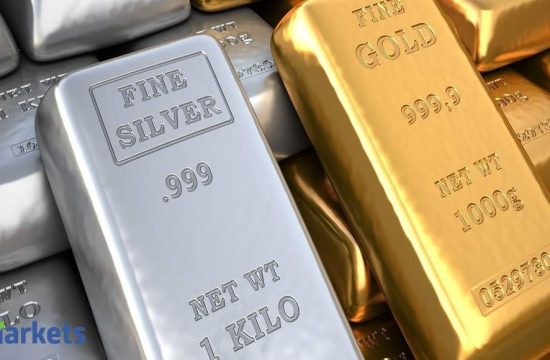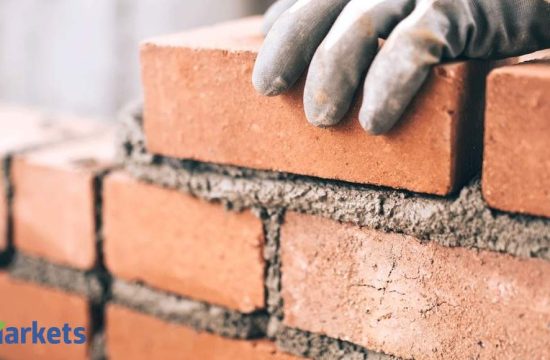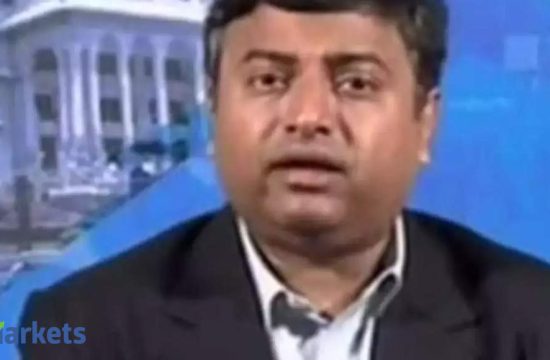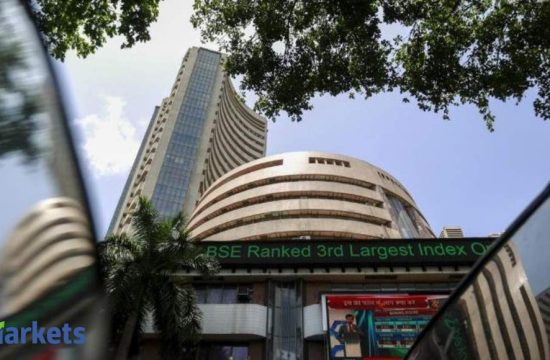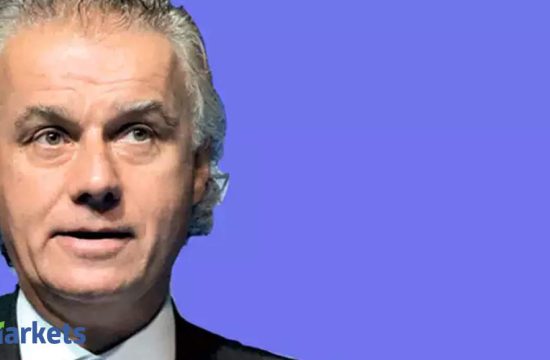Mumbai: Abheek Barua, Chief Economist at HDFC Bank, says the Indian economy will not see a V- or U-shaped rebound, but most likely have a ‘Nike Swoosh’- shaped recovery, when the disruption from the deadly coronavirus and the subsequent nationwide lockdown tapers off gradually.
Addressing ETMarkets Investor Conference on Friday, Barua expressed hope that the economy would be back on a strong footing in financial year 2022.
“It is a V-shape recovery with one tail of the V stretched out. A lot of the tail is dependent on the trail of the virus,†he said.
Mark Zandi, Chief Economist at Moody’s Analytics, first used the term ‘Nike swoosh’ in late March in his forecast for the world economy, suggesting that unlike a V- or U-shaped rebound, the recovery from the Covid disruption may start quickly and the move up can become gradual.
“My bet is that by autumn, we will not have vaccines, but therapies, in place,†Barua said.
He said India’s response to the endemic has been as ‘bold’, but the stimulus has been small. He felt more could be done from the monetary side.
Watch Abheek Barua’s full speech at ETMarkets Investor Conference!
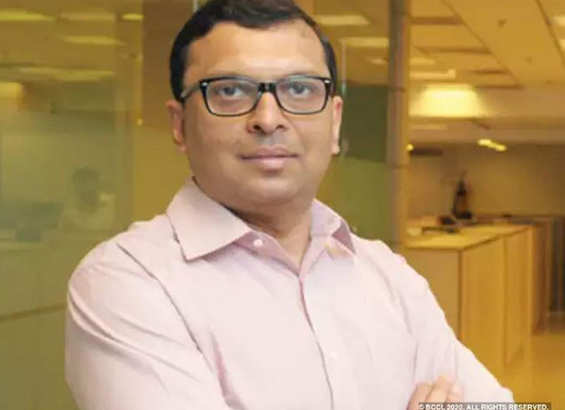
“One is the response to the infection itself – which is bold. We would have been far worse had we not been locked down,†Barua said.
In late March, India first shut down its airspace to international flights, and then announced a 21-day nationwide lockdown, which then was extended twice; first up to May 3 and then till May 17.
“I’ve been disappointed and a bit fidgety about them not announcing anything (stimulus package), especially since other countries have gone the whole hog. I just hope this is the time to slowly show the world what you have in your armour,†he stressed.
“We need to see that also for any sort of sustained recovery to be credible,†he said.
The frontline economist expects some easing of the restrictions in the third phase, and said the country needed to restart economic activity in the light of lower stimulus, and also because there is less room for it.
“We have had the most stringent lockdown, and the smallest stimulus package. We are reasonably sure that we don’t have the money to do the large-scale benefit transfers to everyone in the population,†Barua said.
He pointed out that such benefit transfers were not possible in terms of India’s fiscal constraints, considering that it is an emerging market. “What do we do then? We need to get the economic activity going as soon as possible,†he said.
Barua warned that recovery from the lockdown is a big challenge. “On one hand, there are public health imperatives such as red zones etc, and on the other hand, there will be supply chains and delivery chains in such zones which are reasonably integrated. It’s a nightmare. It will take some time to navigate,†he said
He said the service industries should be able to get past this quickly, as production in the virtual universe is easy, Barua said. “In the short term, I would be careful about sectors such as auto, heavy industries and focus more on services such as IT and telecom, and then there are no brainers such as pharma,†he said.
There has been rising risk aversion against China since the coronavirus breakout, with some companies trying to shift production out of the country. Economists and analysts are looking at India as a potential beneficiary of this shift.
“Potentially, we can grab a significant part of business in different sectors. There is hope there. It depends on how quickly we can push through some of the much-needed reforms,†Barua said.
“We need to respond to the industries’ needs and make India 75-80 per cent as efficient as China,†he emphasized.

